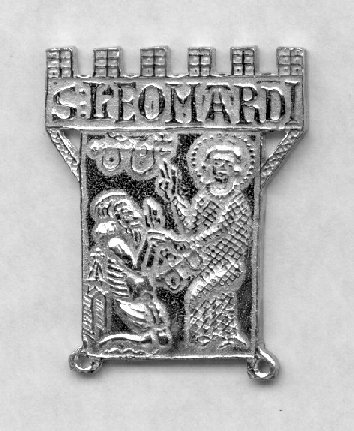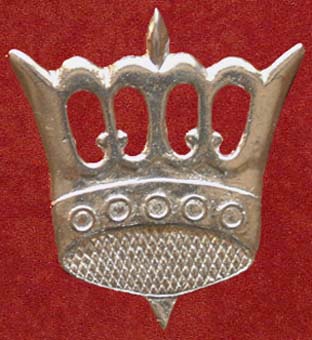Ebed was the term commonly used to describe the strings of beads used by medieval Christians as a mnemonic device to count and remember their prayers. Today we are more familiar with the word ‘Rosary’; a term derived from the latin Rosarium meaning ‘wreath’ with its etymology linked to popular piety and in popular use in later period.
Use of Ebed’s in the western world can be traced back to the 13th Century Carthusian and Dominican monks. Between the 12 to the 15th century, the Ebed came in many styles to suit the purse and taste of the owner. The 2 main types were either circular or linear strings of knots or beads.
The beads were called ‘bede’ in old English -meaning to request in prayer’. The exact number of beads in a string or group was by the request of the owner as was the presence of paternosters and other accessories (eg wounds of Christ). The formalisation of beads into groups (or ‘mysteries’) was not common until after the 15th century.
Typically, medieval period depictions show linear Ebeds worn by men, and circular by women, but there are also plenty of exceptions. The string can be worn attached to the belt/girdle, pinned to the upper chest, around the neck or looped around the wrist.







